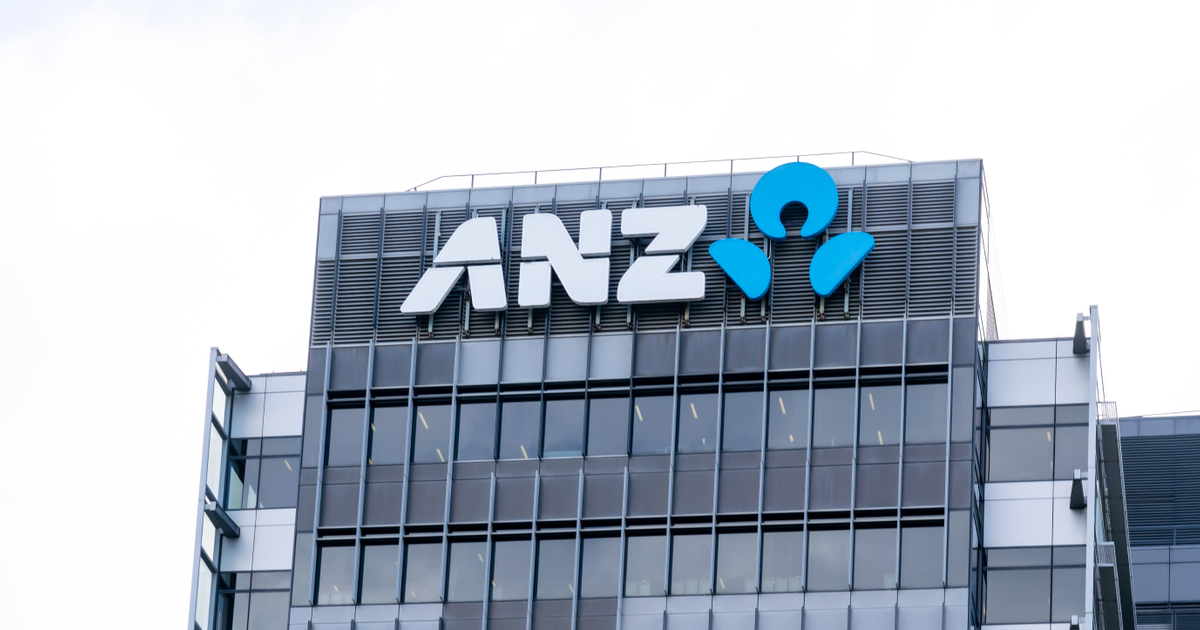WTF is an NFT, Web3 and other metaverse marketing mysteries
Ad Age Amp's community of top marketers enters the metaverse conversation and share best practices on everything from NFTs to building virtual brands and Web3.

While the metaverse itself is, by definition, intangible, its relevance to brands today is anything but. Last week, Ad Age In-Depth: Unlocking the Metaverse brought together experts from every corner of the marketing world to delve deep into the subject of the virtual wild west.
“If I was a marketer today, I’d be thinking, 'How do I make sure that my entire catalog of products is readily available in AR—every single product that you can try on, that you can try out, made available and ready,'” noted panelist David Roter, VP of global agency partnerships at Snap.
Now, Amp's own community of leading marketers have their say about everything from NFTs to building virtual brands and the Web 3.0.
The new virtual marketplace
A few years ago, exchanging real dollars for goods in an entirely virtual setting may have sounded like an activity reserved for headset-clad gamers spending their days in dimly lit basements. But the metaverse is quickly moving into the mainstream, representing a whole new marketplace for brands to explore, with real opportunities to connect in meaningful ways with consumers virtually.
 Samuel Huber, Admix
Samuel Huber, Admix“As its audience grows, the metaverse will become a new channel for brands to sell products, and unlike the current internet—a.k.a. Web2—in which payment mechanisms need to be built on top of services, Web3 naturally embeds payment rails on the blockchain, which facilitates transactions natively,” said Samuel Huber, CEO and founder of Admix. “Metaverse experiences cover the whole funnel from discovery to purchase, which makes it an ideal channel to invest in.”
The brands making the greatest impact within the metaverse are those who have managed to tap into what real value means to their customers in a virtual setting—or, more specifically, across multiple virtual settings.
 Todd Iorio, Platform
Todd Iorio, Platform“The metaverse is not one thing, it’s a disassociated collection of places and spaces, and the real innovators are not doing branded NFT drops,” said Todd Iorio, head of production at The Platform Group. “They are thinking about how they can bring value to the consumers’ online personality across as many channels as possible.” In a gaming context, explained Iorio, it all began with gamers forging connections in game lobbies with one another virtually, which opened up the possibility of two-way transactions.
“A game that provides tools for creators to design and share their own skins or levels can relatively easily allow those to be minted and sold as NFTs on a marketplace that encourages creators. The resulting game experience is richer, attracting new players to that world—another little planet in the metaverse—and generating revenue for both parties,” said Iorio. “When you can create in the metaverse and realize in IRL and back, you are truly engaged with your consumers.
This type of virtual play may be very close to the cliché any mention of the metaverse immediately calls to mind, but one thing the pandemic served to do was push the virtual limits for the everyday consumer.
 Andrea Bolyard, Bader Rutter
Andrea Bolyard, Bader Rutter“Right now, brands are testing metaverse engagements, and where consumers choose to participate—and spend money—will influence what moves from a marketing gimmick to something that shapes how the metaverse becomes less nebulous,” said Andrea Bolyard, director of public relations at Bader Rutter. “How easy it is to participate is going to be another factor in driving consumer interest, but over the past two years we’ve all become comfortable with a lot of new ways to connect and make purchases, so if there ever was a time for the metaverse to go mainstream, it’s now!”
With greater accessibility and innovation around VR- and AR-capable devices, the market for all things meta is poised to explode in the coming years. Which segments of the market will be actively engaging with it will largely depend on how far innovators can go in lowering tech barriers.
 Katy Zimmerman, Barkley
Katy Zimmerman, Barkley“How we access the metaverse will be the biggest barrier in scaling and appealing to a broader consumer category who are not necessarily thrilled about being ‘plugged in’ all day, every day," said Katy Zimmerman, communications planning director at Barkley. "It's going to come down to hardware innovation and AR helping to bridge that gap.”
Zooming in on core communities
One sentiment experts seem to echo again and again is that the value of the metaverse has to be understood beyond a translation of real-world into virtual.
"I'm looking forward to seeing how the metaverse will enhance rather than disrupt IRL human life,” said Zimmerman.
If the metaverse is about more than just translating the real into the virtual, brands will have to think beyond traditional ways of finding relevance.
“It's incredibly exciting to think about how the rules of storytelling begin to apply to these new platforms, tools and worlds,” said Mike Woods, director of immersive content and executive creative director at M ss ng P eces. “A virtual recreation of our own existence needs the chaos and entropy of everyday life, the sensibilities of discovery, of community, of communication. The rules of real time and real world, applied to unique objects, such as NFTs, and geo-locations of a decentralized metaverse of the future, upends traditional storytelling virtues. And as history tells us with any disruption of the story model, this presents an incredible opportunity for brands brave enough to embrace the new.”
In this context, the new may also require a renewed perspective on engagement and reach. While a successful real-world campaign may be defined by reaching and impacting as many people as possible, with metaverse commerce, it may be more about homing in on the true fans and super-users.
“NFT mechanics don’t require brands to have a significant audience base in order to generate revenue—just look at how Adidas turned 30,000 people into $24 million via an NFT drop last year," said Admix’s Huber. "In the metaverse, it’s more about giving value to the superfans who care about brands. The ad industry has a new opportunity to offer communities real value, versus simply making money from them.”
Those same brands also have an opportunity to connect in a values-driven way. With the metaverse being defined in real time every day, brands will also have to figure out how to grow and navigate that world responsibly.
 Tom Hyde, Movers+Shakers
Tom Hyde, Movers+Shakers“We have a unique opportunity to create a better world," said Tom Hyde, VP of strategy at Movers+Shakers. "Pioneering creators can define things like scale and physics, and also actively guide how users interact with and treat each other. We can create a metaverse that is defined by joy and lifts people up in a way that social media has often failed to do, prioritizing gifting over greed, inclusion over exclusivity.”
Within this context, brands—especially the big ones—have a very real-world responsibility. Just as consumers today—especially values-driven Gen Z consumers—expect the brands they hold dear to follow a certain moral code IRL, so too will brands have to be conscious of the impact their virtual actions create.
“As with the physical world, brands in the metaverse act as patrons, actively supporting causes, communities and creators that reflect their values,” said Hyde. “Early adopting brands have an outsized influence—and greater responsibility—to push the medium in a positive direction.”
So, what does metaverse marketing look like?
How brands push the medium, and in what directions, is still to be seen, but industry leaders caution against a copy-and-paste approach of real world to virtual.
“We shouldn’t directly replicate real-world retail experiences, noting Walmart’s skeuomorphic approach to shopping in the metaverse,” said Admix’s Huber. “Instead, we need to re-imagine commerce by leveraging the best that the metaverse has to offer. It’s about creating valuable brand experiences that add to the consumer experience, not detract.”
What those experiences look and feel like to consumers requires creativity and authenticity, and a focus on more than brand voice and tone.
“Marketing in the metaverse is more akin to game design, experiential or event marketing than traditional advertising. You can’t just slap an ad on a virtual billboard,” said Movers+Shakers’ Hyde. “For the adventurous, there’s an opportunity to have audiences deeply experience your brand—an emotional connection they’ll take with them as they continue their physical or digital journey. As technology advances, the definition of ‘real’ and ‘digital’ will fade, the focus will be on whether an experience feels real.”
This type of immersive brand experience stands somewhat in contrast to the type of ad material brands have been encouraged to put out in years past.
 Karen Piper, Grow
Karen Piper, Grow“Over the past decade or so, as ‘social’ became almost interchangeable with ‘the web,’ there’s been a push toward ephemeral, quick-hit, short-term and bite-size content,” said Karen Piper, director of strategy at Grow. “Now, with a renewed focus on the web through a dialog around the metaverse—which we're just defining as a persistent, immersive, virtual experience—that aperture opens to the world of ‘brand experiences and allows brands to build not only for longevity, with increased ROI over time, but more importantly for an evolving user and their evolving needs.”
That means a movement away from the bite-sized and towards meatier, deeper experiences for customers.
“We’re moving from single-use, single user to long-term use and communities and the potential for creativity, engagement and connection is boundless for brands and more crucially, people,” said Piper.
How deep those experiences will go, and how meaningful they will prove to be to consumers, is still largely TBD, but they will likely be far richer than how the mainstream has understood virtual reality to be.
“The visual of people sitting around in goggles watching experiences instead of having them IRL is as old as science fiction itself,” said Platform’s Iorio. “The conversation needs to shift from virtual representations of IRL places and experiences to the opportunities that aren’t afforded IRL.”

 Astrong
Astrong 































